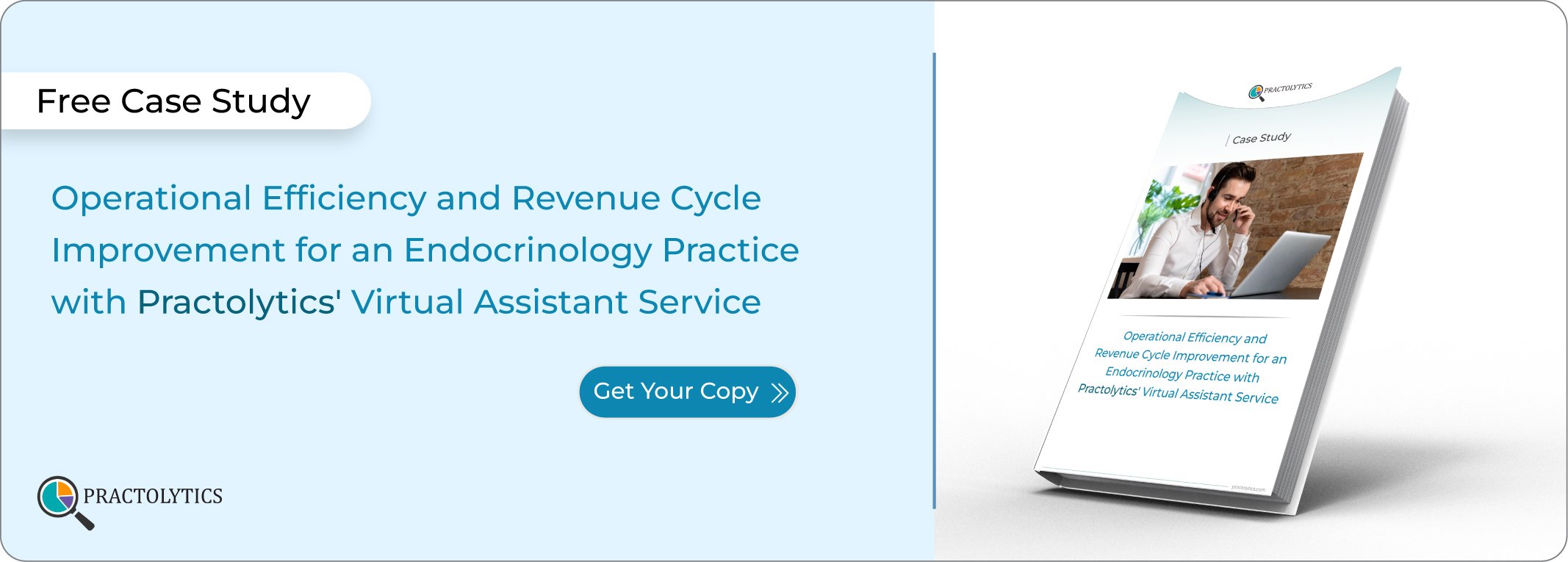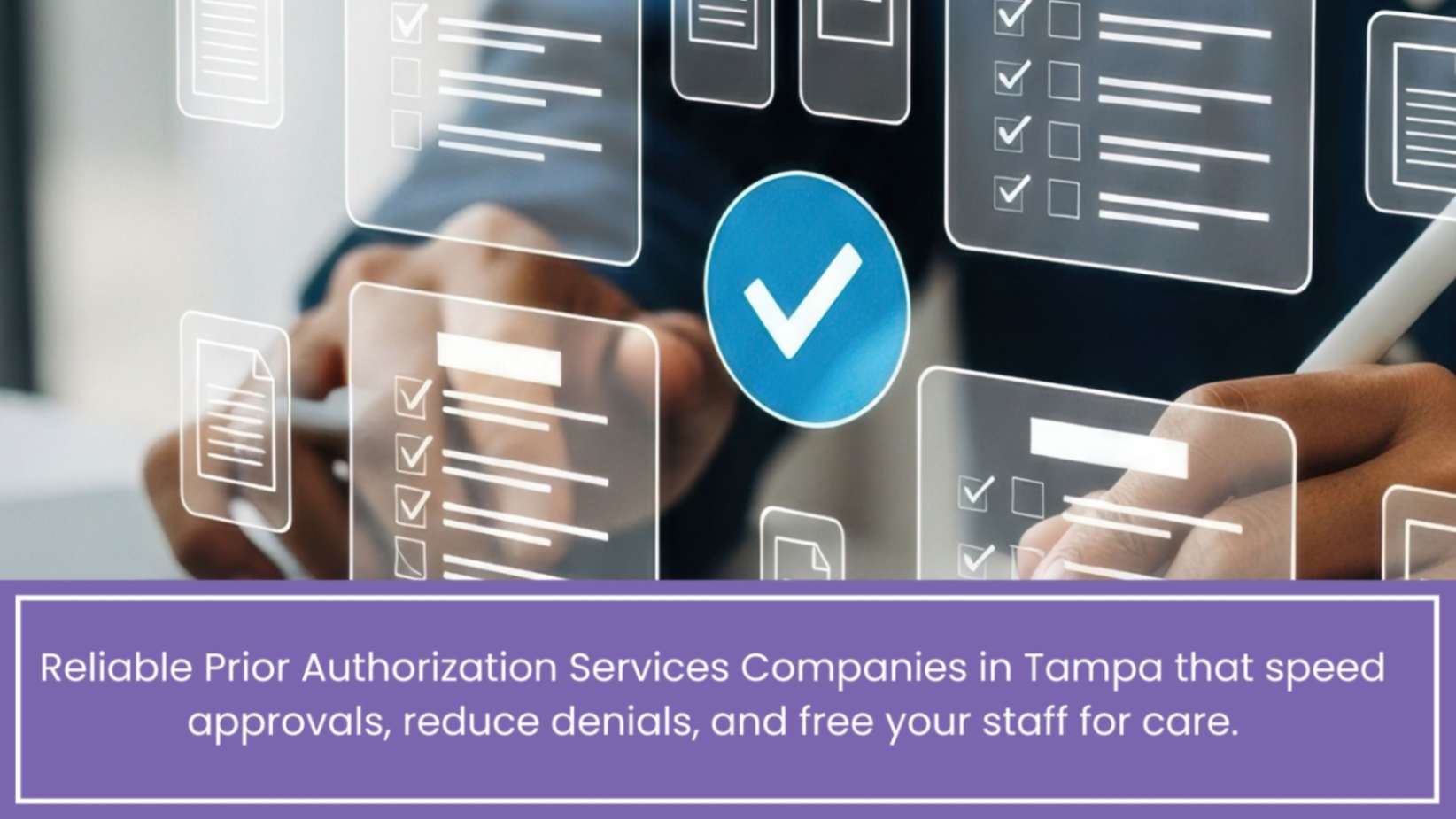Training and Development Strategies for Virtual Medical Assistants
In the eyes of Alvin, one of the team members, “When I first sat with our virtual assistant, I was thrilled—until it messaged me on Day 5: “I’m lost in the EMR. Can someone show me where the allergy tab is?” I panicked. I’d assumed she’d learn by doing, but instead she felt adrift. That’s when I realized training isn’t “nice to have”—it’s everything. Those first few weeks set the tone for confidence, speed, and accuracy. Today, I’ll walk you through the Training and Development Strategies for Virtual Medical Assistants that saved our sanity—and helped Lara, our virtual assistant, become an indispensable part of our patient-care team.”
Table of Contents
Why Purposeful Training Changes Everything
Imagine trying to learn a new dance with no music. Awkward, right? That’s what it feels like when a healthcare virtual assistant jumps into your systems without a clear beat. Thoughtful training:
- Builds trust quickly. A Virtual health Assistant who knows the ropes makes fewer mistakes—and that reliability is golden.
- Reduces frustration. No more back-and-forth “How do I?” emails cluttering your day.
- Encourages growth. When you invest in development, your VA feels valued and sticks around longer.
In short, a few hours of structured learning can save you dozens of hours in endless explanations.
Core Strategies That Worked for Us
1. Microlearning Modules
Instead of marathon webinars, we created three- to five-minute “how-to” videos. For example, a quick screencast shows exactly how to pull lab results, highlight abnormal values, and flag them for the physician’s review. Lara could watch on her own time, pause, rewind, and practice—no pressure, no DMs at midnight.
Tip: Keep each video laser-focused on one task. Your VA will thank you for not dumping a 50-step process into a single file.
2. Real-World Role-Play Sessions
We set up 15-minute Zoom role-plays every Wednesday. One week, I played a panicked patient asking about a missing referral. Lara practiced calm, clear responses. The next week, she role-played an insurance-verification call. These sessions let her learn “in action,” not just by reading SOPs.
Tip: Mix in a few “curveballs”—an angry patient, a system glitch—to build problem-solving flair.
3. Weekly Shadow Hours
Every Friday afternoon, Lara joined me (virtually) as I handled follow-up calls or billing questions. Watching live workflows taught her the shortcuts, the little clicks that a manual can’t capture. Afterwards, we’d spend five minutes debriefing: “What surprised you today?” and “Where can we make this smoother?”
Tip: Rotate mentors so your remote medical assistant sees different communication styles—nurses, front-desk staff, even tech support.
4. Ongoing Feedback Loops
With each shift, Lara would fill out a tiny two-question survey: “What went well?” and “What felt confusing?” I would always look at her answers on Monday, and we would then adjust her training plan accordingly. Such a simple habit made training a conversation instead of a lecture.
Tip: Use a shared doc or shared form to stay visible on feedback and ensure it is actionable.
5. 30-60-90 Day Roadmap
The milestones were laid down for the first ninety days.
Days 1–30: Become familiar with basic EMR navigation, including appointment scheduling and message triage.
Days 31–60: Billing follow-up, insurance verifications, and the preparation of patient-education materials.
Days 61–90: Own end-to-end workflows, recommend improvements, and train alternate VAs.
This system gave both parties specific goals to work toward and a feeling of accomplishment.
Building Skill-Focused Modules
Systems Navigation:
- Logging in securely and customizing dashboards
- Pulling lab and imaging reports
- Notes documentation and allergy records update
- Patient Communications
- Writing script templates for empathy
Addressing urgent vs. non-urgent inquiries:
- Escalation procedures for red-flag symptoms
Admin Workflows:
- New and follow-up visits scheduling
- Insurance eligibility checks
- Patient Health Education Handouts Generation
Each module paired a two-minute demo video, a one-page SOP, and a short quiz that Lara could complete in five minutes.
Technology Tools That Made a Difference
- Loom for quick screen recordings—no editing expertise required.
- Google Forms for instant feedback surveys and quizzes.
- A living SOP book in Notion, with videos embedded, checkboxes, and comments.
- Trello would track her 30, 60, and 90-day tasks—the whole visual drag-and-drop she gets off on.
- That was what made training an interactive, self-paced journey instead of one more boring email.
Best Practices for Sustainable Development
- Start small. Roll out three core modules prior to the full curriculum.
- Constantly update. After each software update or workflow tweak, shoot a new micro video.
- Involve your team. Have your nurses, coders, and front-desk personnel offer tips and war stories.
- Celebrate the mile marker. When Lara completed her 60-day goals, she was acknowledged team-wide and given a gift card. Learning is fun when it is rewarded!
Actionable Tips for Your Practice
- Appoint a “training buddy.” Depending on the package, it could amount to about 20% of a VA’s role, but having a point person to help keep training on track is definitely helpful.
- Use Real Case Studies: Present your VAs with anonymized patient scenarios that they might actually need to address.
- Plan for Quick Refresher Huddles: Take 15 minutes once a month to talk about any new features or process changes.
- Track Progress: Look at quiz scores, completion time of tasks, and error rates for real ROI.
- Promote Peer Teaching: Have a “show-and-tell” where VAs share a favorite tip or shortcut.
How long should virtual medical assistant training last?
You want a structured 30-60-90 day program, as this gives enough time for candidates to learn, practice, and own the tasks without rushing into things.
What if a virtual assistant has no healthcare experience at all?
Extend shadowing in the first month, add more role plays, and have a slower module pace so they do not feel overwhelmed.
Can I make repurposed training for in-class program materials?
Yes, but make micro-modules out of them. Long slide decks can be replaced with short videos and interactive exercises.
What are some long-term remote engagement strategies for virtual assistants?
Mix it up by creating opportunities for new modules, cross-training, mentorship, and staging public recognition for achievements.
Conclusion:
This virtual medical assistant services training never ends, really. It is just a continual investment in trust, grooming, and teamwork. Microlearning clips, real-world role plays, weekly shadowing hours, and clear 30-60-90 day milestones transform an apprehensive new VA into a confident partner who anticipates your needs and pampers your patients. Choose one today: “record that first video on how to pull lab results” or “schedule your first role-play session.” See how fast the rapid VA level-up translates to improvements in morale and working methods for all of the practices. Here’s to learning that feels human, practical, and really effective.
Read More – From Chaos to Efficiency: A Small Practice’s Journey with a Virtual Assistant
Talk to Medical Billing Expert Today — Get a Free Demo Now!






